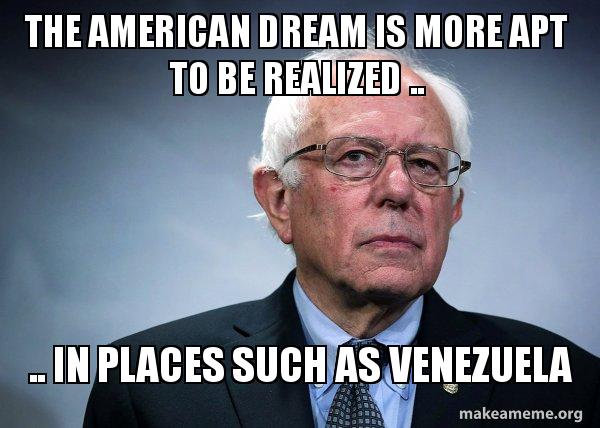No Longer In A Funk But Can’t Get The Darkside Out Of My Mind.
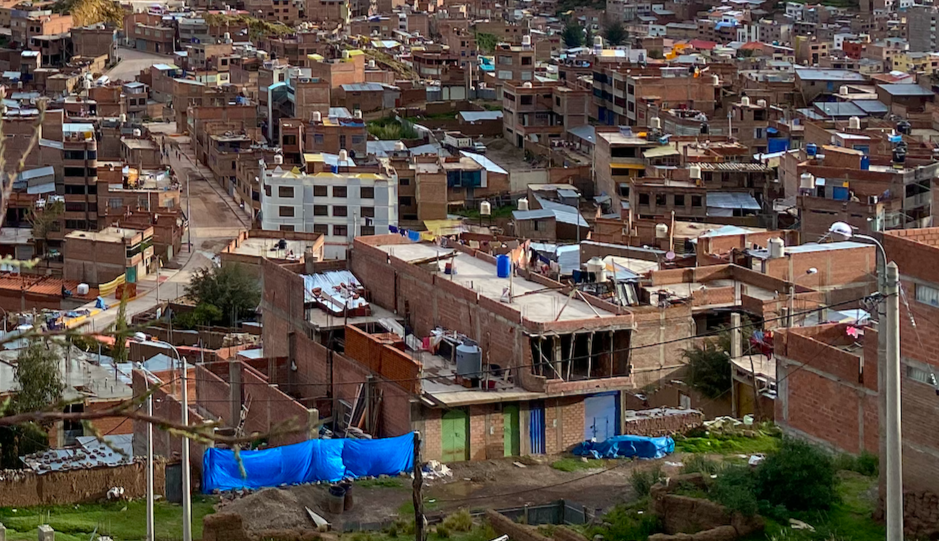
Today, my plan was to share all of the amazing highlights of my Central/South American trip. However, the darkside of what I observed over the last three weeks, while traveling in seven different countries, kept nagging at me. In order to move on, I had to get that out of my system first. Here goes…
So what’s going on in Central and South America? Why so much unrest and turmoil?
Granted I was only there for 3 weeks but so lucky to hang out with some stellar local guides (as well as Nat Geo experts). They gave us the lowdown on EVERYTHING – not just the beautiful and historical aspects of our itineraries – but also what’s percolating at the fringes and in everyday people’s lives. And, by the way, there are many lessons for North Americans here – especially as we appear to be making a socialist, who reveres Venezuela, the Democratic candidate for President. All I can say is, we should all get ourselves down to South America to see firsthand what it’s all about. It may not be pretty but we will certainly be more prepared for what’s in store for us versus the socialist fairy tale we’ve been hearing about for the last few years.
What’s causing the turmoil?
1. Venezuelan refugees are fleeing their country in droves
By 2020, according to the Organization of American States, there will be up to 8.2 million displaced Venezuelans worldwide.
In the process, they are overwhelming neighboring countries, e.g., Peru, Panama, Brazil, Argentina, and Colombia. Several countries have recently closed their borders because they can no longer provide needed services, i.e., housing, schools, hospitals.
Based on my experience with local guides, Colombia appears to be the most receptive to the refugees with most referencing the fact that Venezuela had welcomed them when they were fleeing their country during the time of the drug cartels. Nevertheless, when the local guides go off-script, I gathered many people living in Cartagena are getting “fed-up” especially as crime and drug use escalates. Colombia is, however, the only South American country granting citizenship to Venezuelan babies born in the country.
Venezuela’s crime rate is the leading cause of emigration along with the collapsing economy. Venezuela has the highest murder and kidnapping rate in South America. In a 2016 survey, 57% of Venezuelans said they wanted to leave their country.
After fleeing, Venezuelan refugees frequently end up in crime-ridden favelas, i.e., shanty towns (see more below) where the youngest are often recruited to gangs.
2. Rising poverty levels
Virtually every guide, in every country, talked about how bad the economy is for them and their families.
Over half of the population of Latin America (including Mexico, which we did not visit) either lives in poverty or is at risk of poverty.
In Greater Buenos Aires, 40% are considered poor. In Argentina overall, the poverty rate is the highest it’s been since 2001 with 16 million Argentines now considered poor, a rise of 1.5 million people in the past six months.
Labor productivity is also very low in most of these countries because of a lack of education and essential skills for tourism (which is a leading industry in many of the cities we visited). Chile is reportedly the highest scoring country when it comes to education but it is still below average. And not surprisingly, poor educational performance highly correlates with income inequality. Additionally, among the indigenous populations (especially among girls), education is totally lacking. Guatemala, for example, has no mandatory education requirements.
3. Living in favelas
In Brazil, 20% of the population live in shantytowns (favelas). 25% of Rio’s 6.3MM total population live in favelas, i.e., approximately 1.6MM.
In Buenos Aires over 700,000 live in favelas and that number has gone up dramatically since the Venezuelan refugee crisis began.
Cartegana has more than a thousand favela neighborhoods. Rocinha is the largest with between 70,000 -100,000 residents.
Note: Currently, one in seven people worldwide live in favelas or shantytowns. By some estimates, this number will rise to one in four people by the year 2030.
So don’t be surprised if we start seeing favelas in North America as the homeless situation gets worse. In Buenos Aires, one of the biggest favela neighborhoods (Villa 31) abuts the Retiro railway station. The poor first started squatting on the land back in the 1930’s, building their shantytowns with materials they’d gathered from the streets and elsewhere. This is now permanent housing in Buenos Aires and is about to be made an official barrio. I have no doubt that in North America, within the next decade, we will start seeing homeless encampments moved from streets to favelas on city/state-owned land as politicians and city leaders realize that building “affordable” housing in the middle of San Francisco or New York City is a fool’s errand.
Scroll down for details from several key cities on our expedition.
1.Buenos Aires: Staying in Recoleta gives you a false sense of well-being and security
- Recoleta is possibly the ritziest neighborhood in Buenos Aires but even there you are advised to watch your belongings especially your cell phone. And forget about wearing jewelry. Those warnings have only gotten more urgent since I was there two years ago.
- Several of my fellow travelers mentioned how beautiful and European the city was – I wondered if they had not been listening to our guides, all of whom made it clear that BA was in the midst of a major recession and an accompanying crime wave.
Recoleta neighborhood
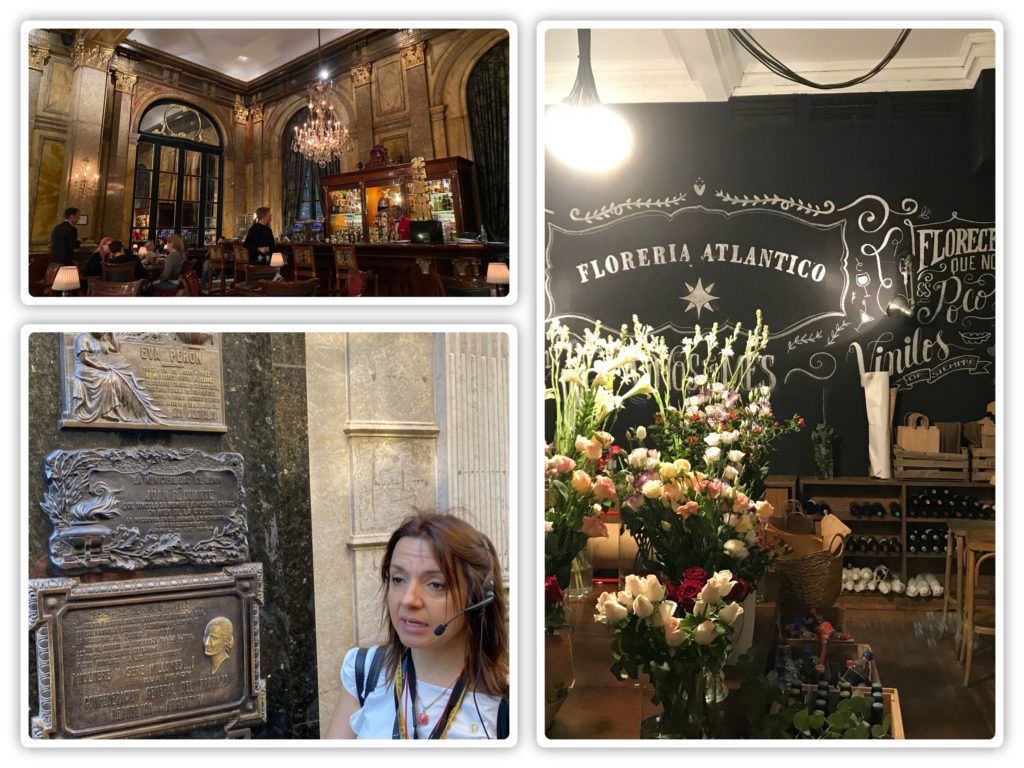
VS:
Favelas where over 700,000 live in Buenos Aires
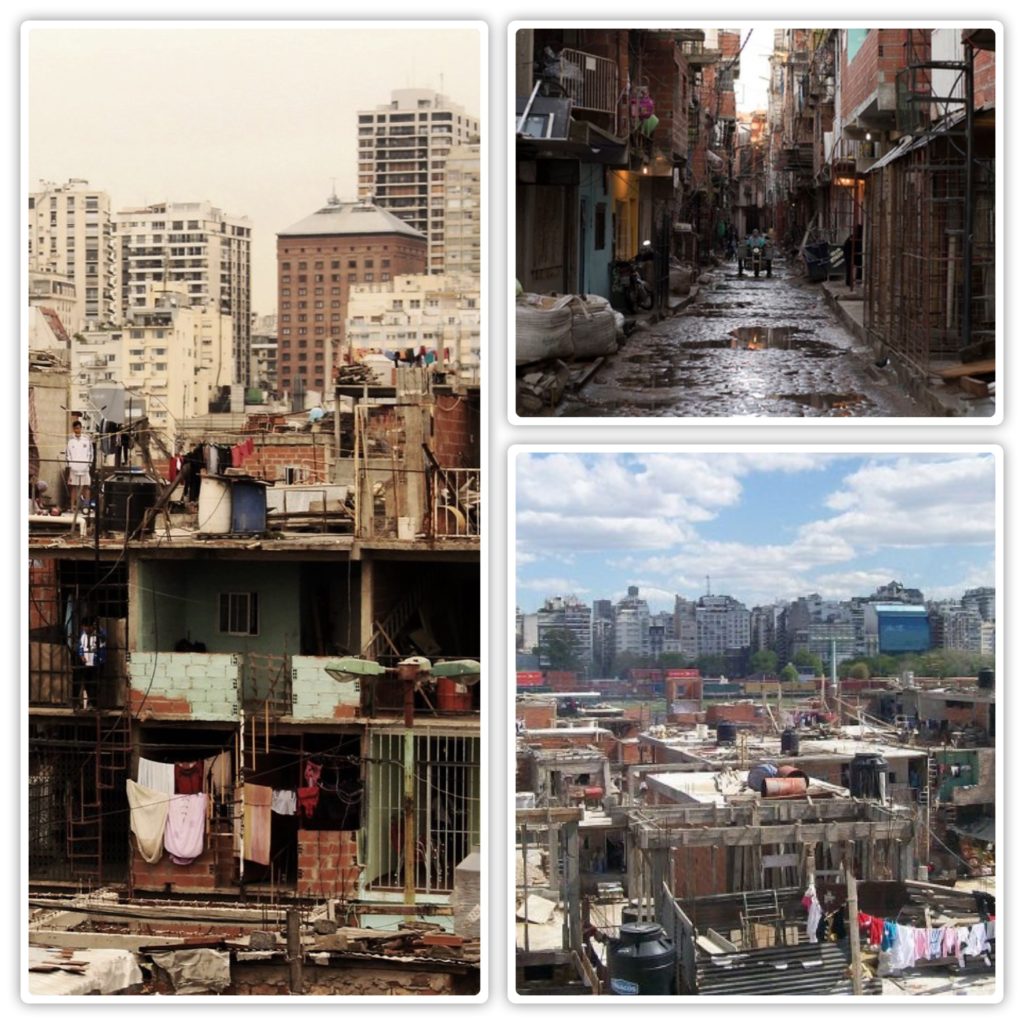
2. Rio: Brazil’s new murder capital (altho crime is down!)
- The population of Rio is estimated to be around 6.32 million, 25% of whom live in favelas.
- It’s the only city where I’ve ever considered safeguarding my passport and wallet in my room’s safe.
- My fellow travelers, on a walking tour, were accompanied by security.
- However, I did a street art tour with a local guide and felt entirely safe.
- Brazil ranks as the #2 destination for those fleeing Venezuela (Colombia is #1)
- Many Brazilians claim the country has gotten more crime-ridden with the influx of refugees but Brazil is acknowledged as having one of the best programs for integrating refugees.

3. Peru: Juliaca and Puno are UNSAFE.
- You have to go through both cities to get to Lake Titicaca but do not stop there!
- No sooner had we gotten off our plane and onto our bus, than our local guide (Alberth), warned us about steering clear of Juliaca. He made light of the town’s lucrative and thriving contraband business. He claimed Bolivian contraband has made everyone in Juliaca rich!
- Juliaca is the world’s largest source of cocaine smuggling, more so even than Colombia.
- Contrabandits operating from Bolivia handle over $1.5 Billion per year in smuggled goods, including cocaine and, most especially, gold.
- 60% of the citizens of Juliaca are involved, directly or indirectly, in the smuggling business.
- And when it comes to Venezuelan refugees, Peru now has 800,000 which has led Peru to tighten its borders. Only those with visas and passports can now get in.
Puno and Juliaca’s Shanty Towns
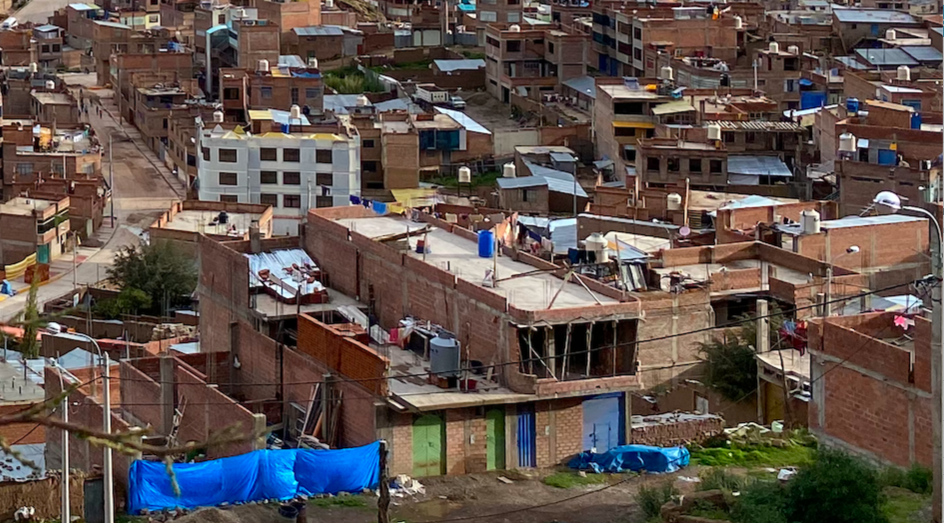
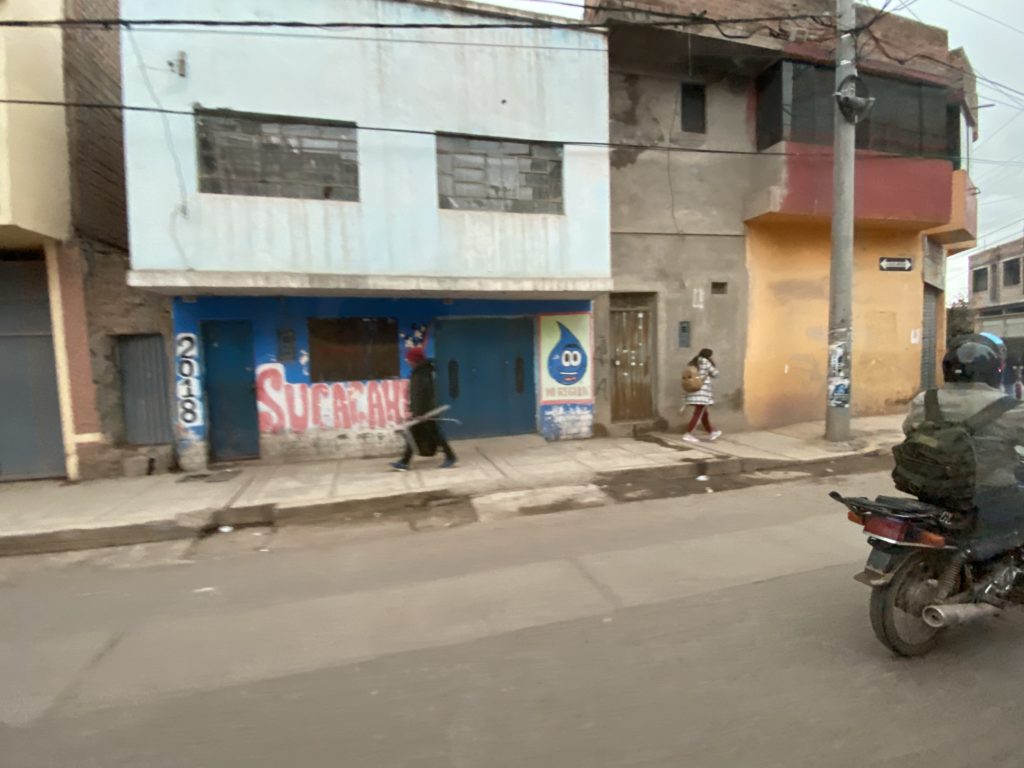
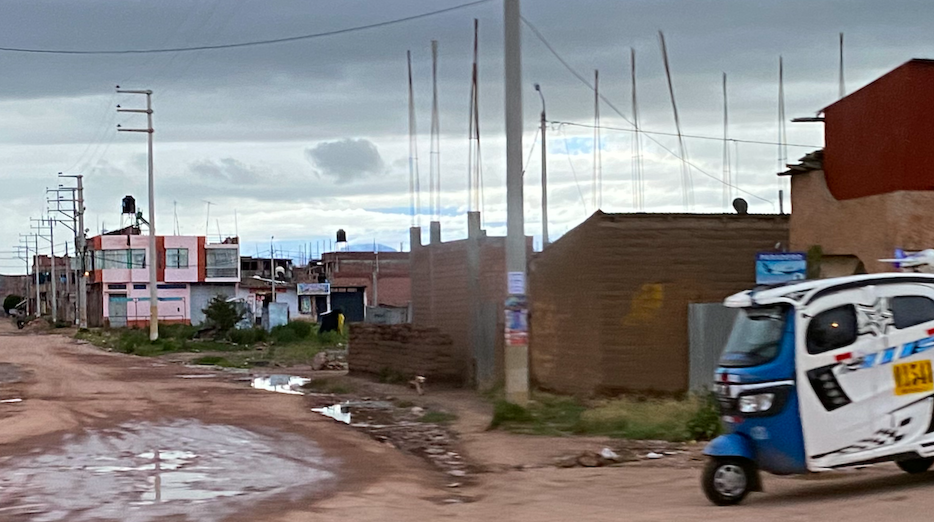
4. Panama City – safer than most but watch out for the El Chorillo neighborhood
- Several of my fellow travelers ended up in this area (“great restaurant” they said) but they were quickly ushered out by the “tourist police.”
- This is also an area with interesting murals but I was strongly advised NOT to do a street art tour here.
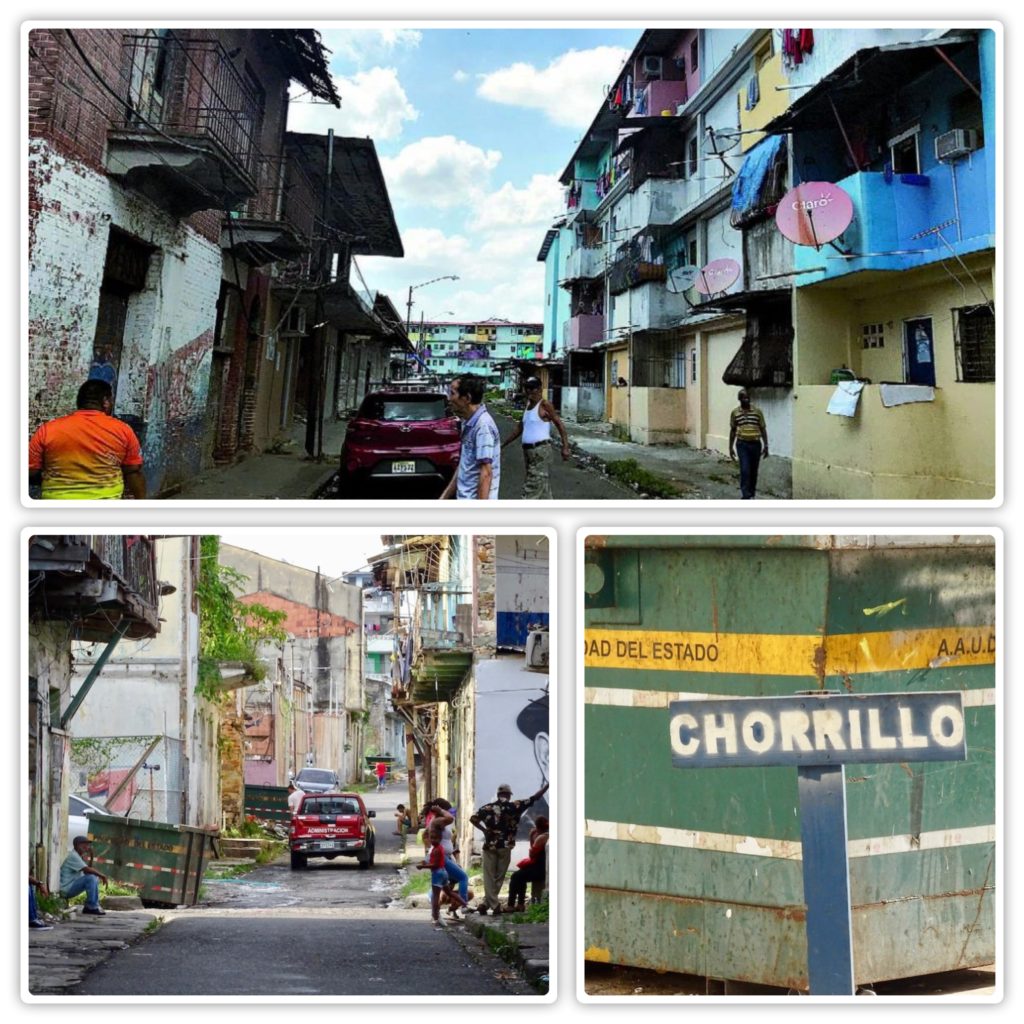
5. Guatemala, where the gap between rich and poor is among the highest in Central and South America.
- Half of our group stayed in an “upgrade” hotel that was built by the richest man in Guatemala for his daughter’s wedding. Later it was turned into a hotel. Where I stayed was a little more humble.
- We saw no signs of crime (other than the internet being out because thieves had stolen the internet wiring/cables that serve the entire country). However, signs of abject poverty were everywhere (not surprising since education is not mandatory in Guatemala).
- Based on what we heard from our guide, the country is still recovering from the long civil war. It is estimated that 200,000 people were killed from 1960 to 1996 (including our local guide’s father).
Mopeds and motorbikes instead of cars (gas is $$$)
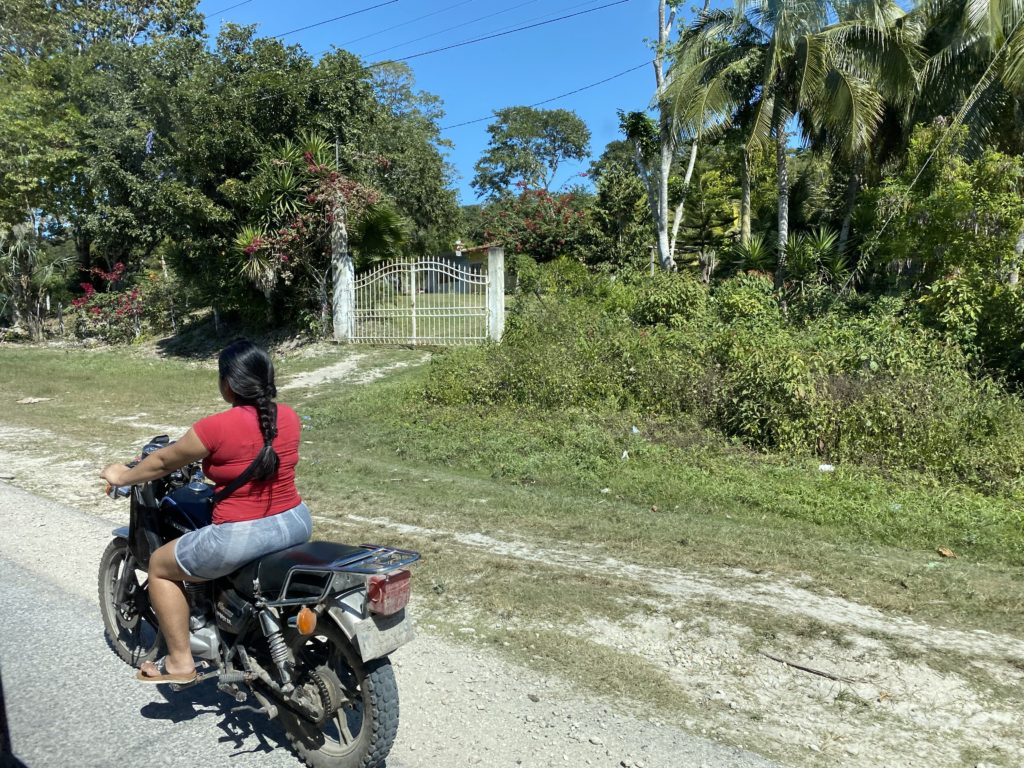
Housing in the villages
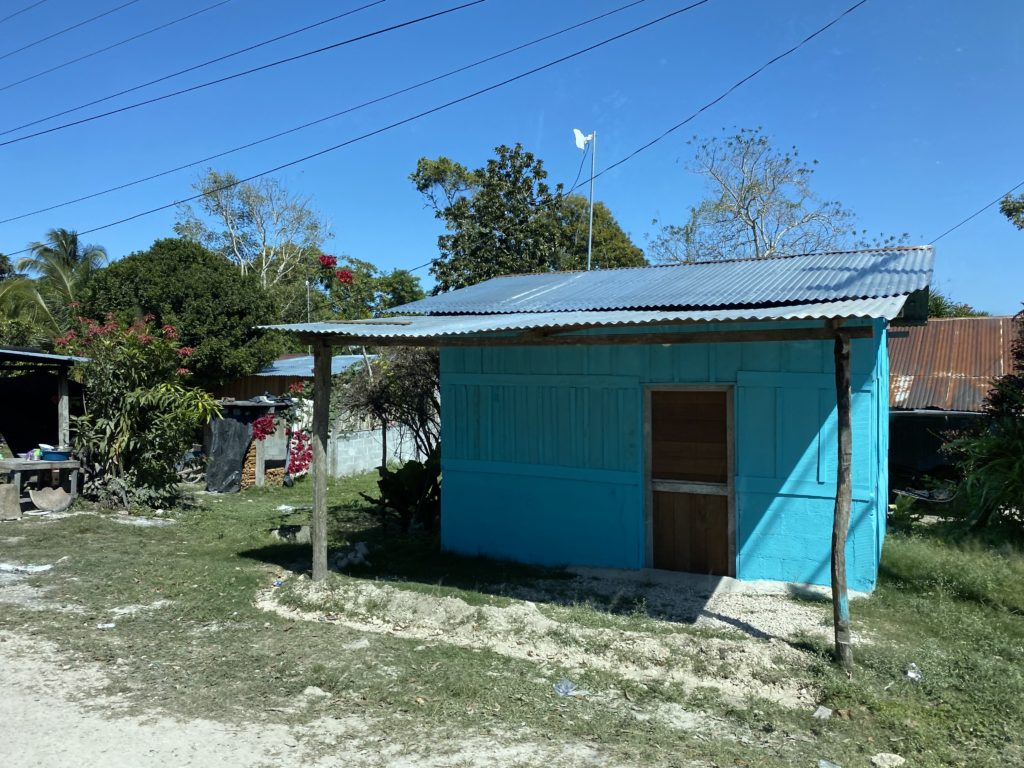
Shopping – open-air supermarket
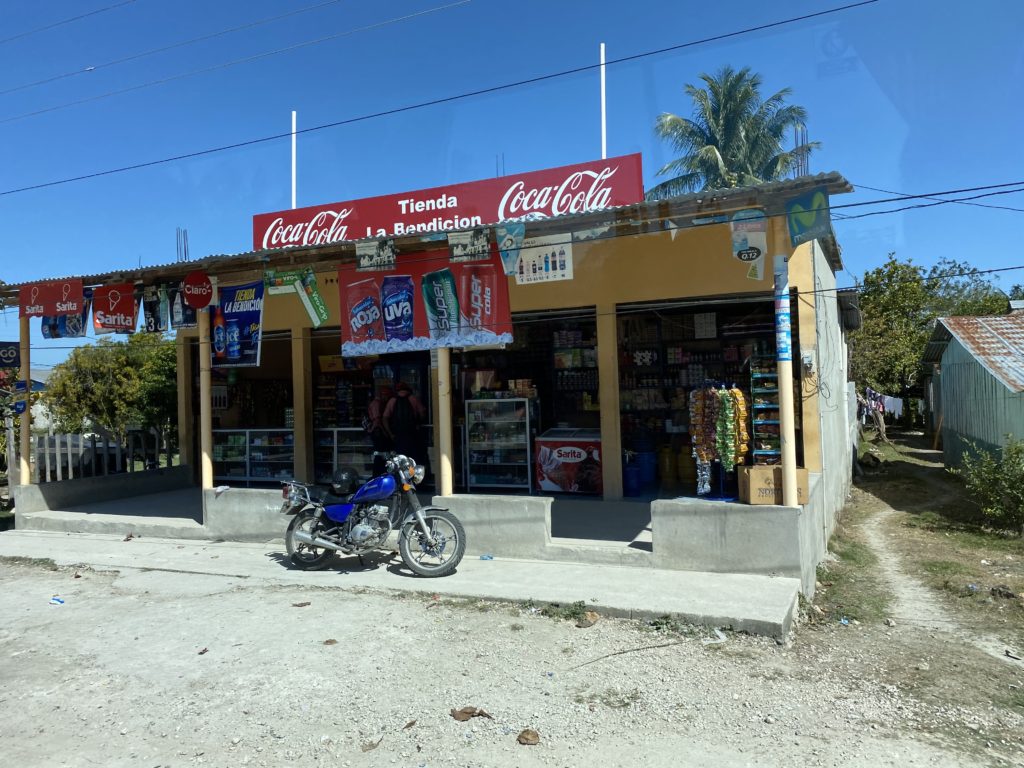
Bottom Line
Interestingly, on my cab ride home last night, my driver was from Guatemala. Despite all these grim details, it was so exciting to be able to talk to him about his country especially Tikal where the Mayan pyramids are located plus his favorite food, ceviche, which he told me is served with corn in Peru. Of course, I concurred since I had also just been to Lake Titicaca! This trip opened my eyes in so many ways and I am so grateful for having the opportunity to see this part of the world – the good as well as the not so good.
Tomorrow, I will be writing about the more touristic aspects of our expedition. The people, the landscapes, the wildlife, the overall experience was phenomenal.
And although I rarely get political, I do think it worth considering what socialism has wrought in countries like Venezuela. I’m sure If you’re “Feeling the Bern”, this will not dissuade you in the least. However, I do think it worthwhile to check out South America – especially Venezuela, to see what Bernie has in store for us.
